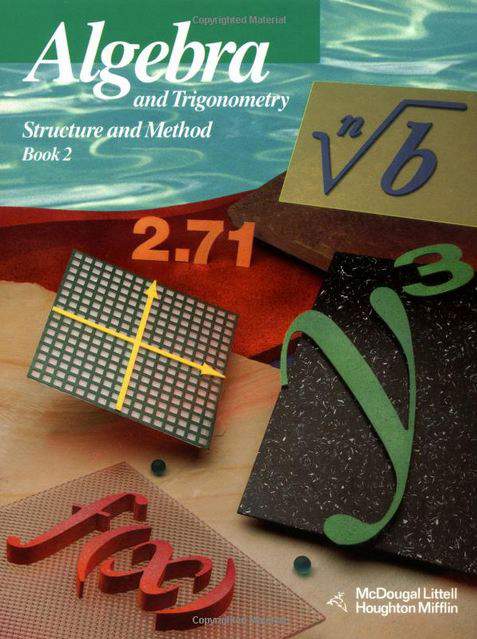Connecting...

This is a quick preview of the lesson. For full access, please Log In or Sign up.
For more information, please see full course syllabus of Algebra 2
For more information, please see full course syllabus of Algebra 2
Algebra 2 Arithmetic Sequences
Lecture Description
A sequence is a list of numbers in a certain order. Each number is called a term. For example, a sequence is: 5, 10, 15, 20. Sequences can be finite and infinite. In an arithmetic sequence, each term after the first one is obtained by adding a constant, called the common difference, to the previous term. If you are given several terms of a sequence, use the formula for the nth term to find an algebraic expression for the nth term. When finding arithmetic means, first use the formula for the nth term to find d. Then add d to the value before the unknown arithmetic means repeatedly to find the missing means.
Bookmark & Share
Embed
Share this knowledge with your friends!
Copy & Paste this embed code into your website’s HTML
Please ensure that your website editor is in text mode when you paste the code.(In Wordpress, the mode button is on the top right corner.)
×
Since this lesson is not free, only the preview will appear on your website.
- - Allow users to view the embedded video in full-size.
Next Lecture
Previous Lecture









































 Carleen Eaton
Carleen Eaton Grant Fraser
Grant Fraser
 Answer Engine
Answer Engine



1 answer
Tue Sep 24, 2013 8:23 PM
Post by dayan assaf on September 21, 2013
how would you find the a1 when you have the two terms a6= 10 and a21= 55?
0 answers
Post by Ming Jin on July 31, 2013
This is wonderful!